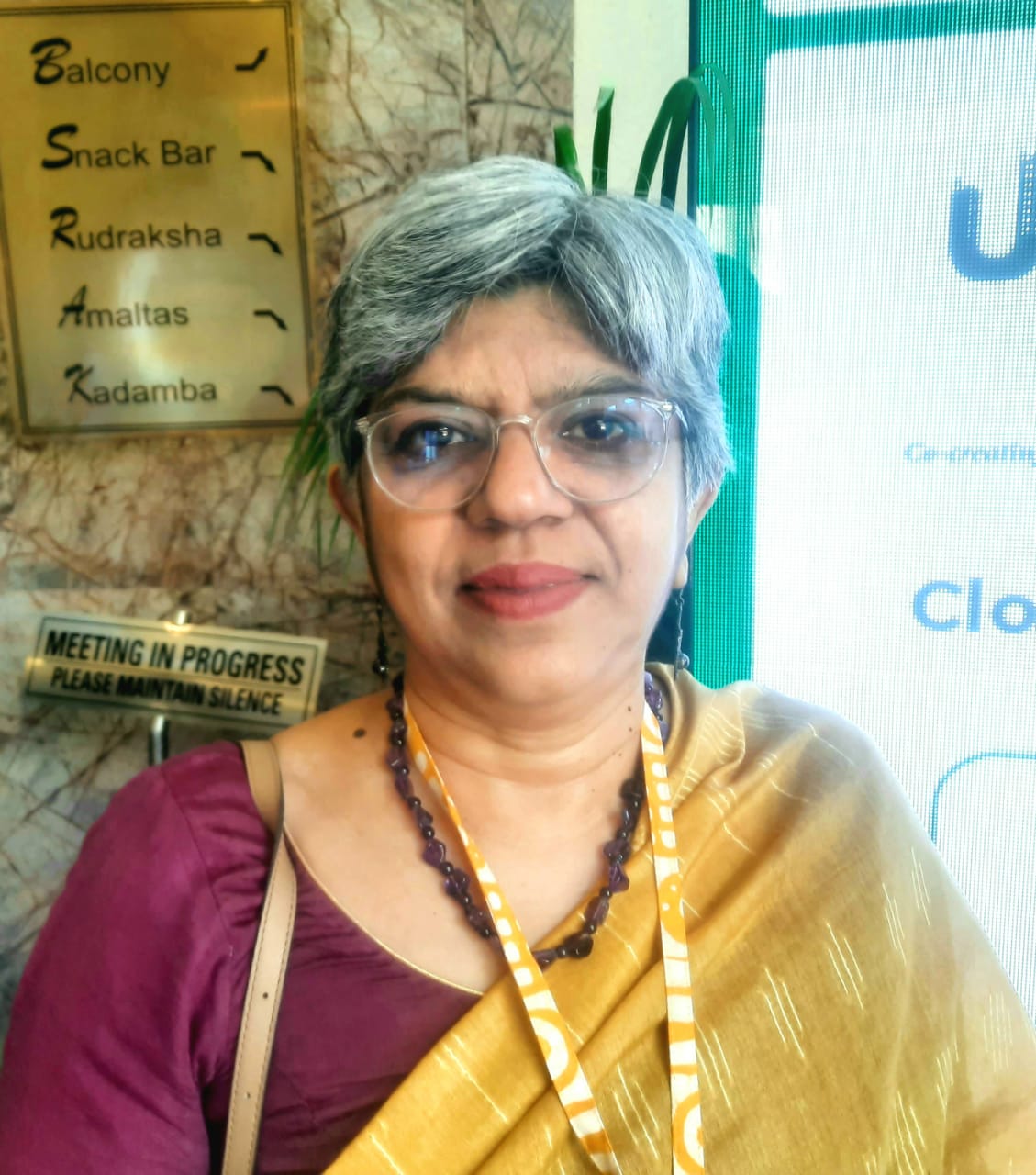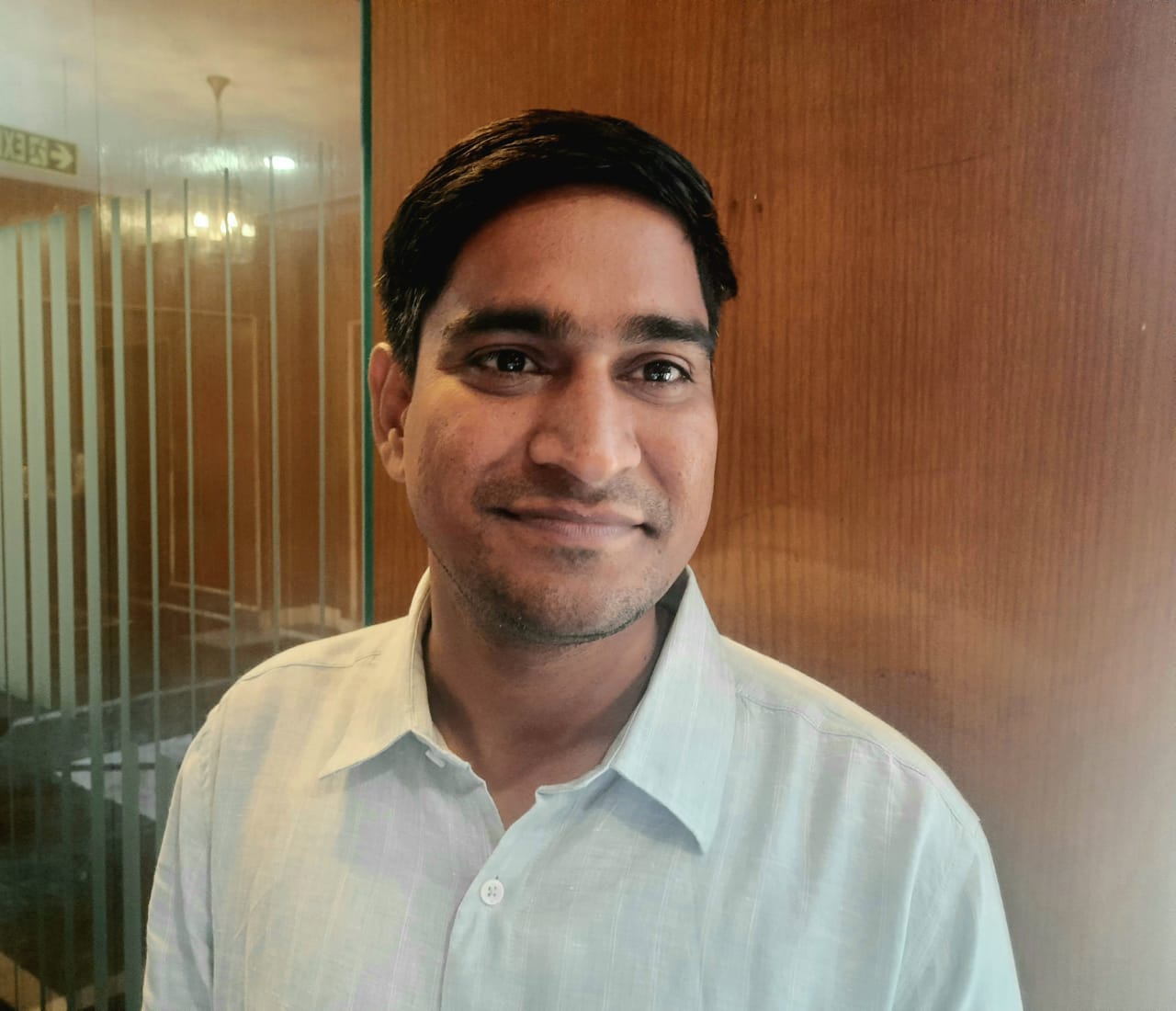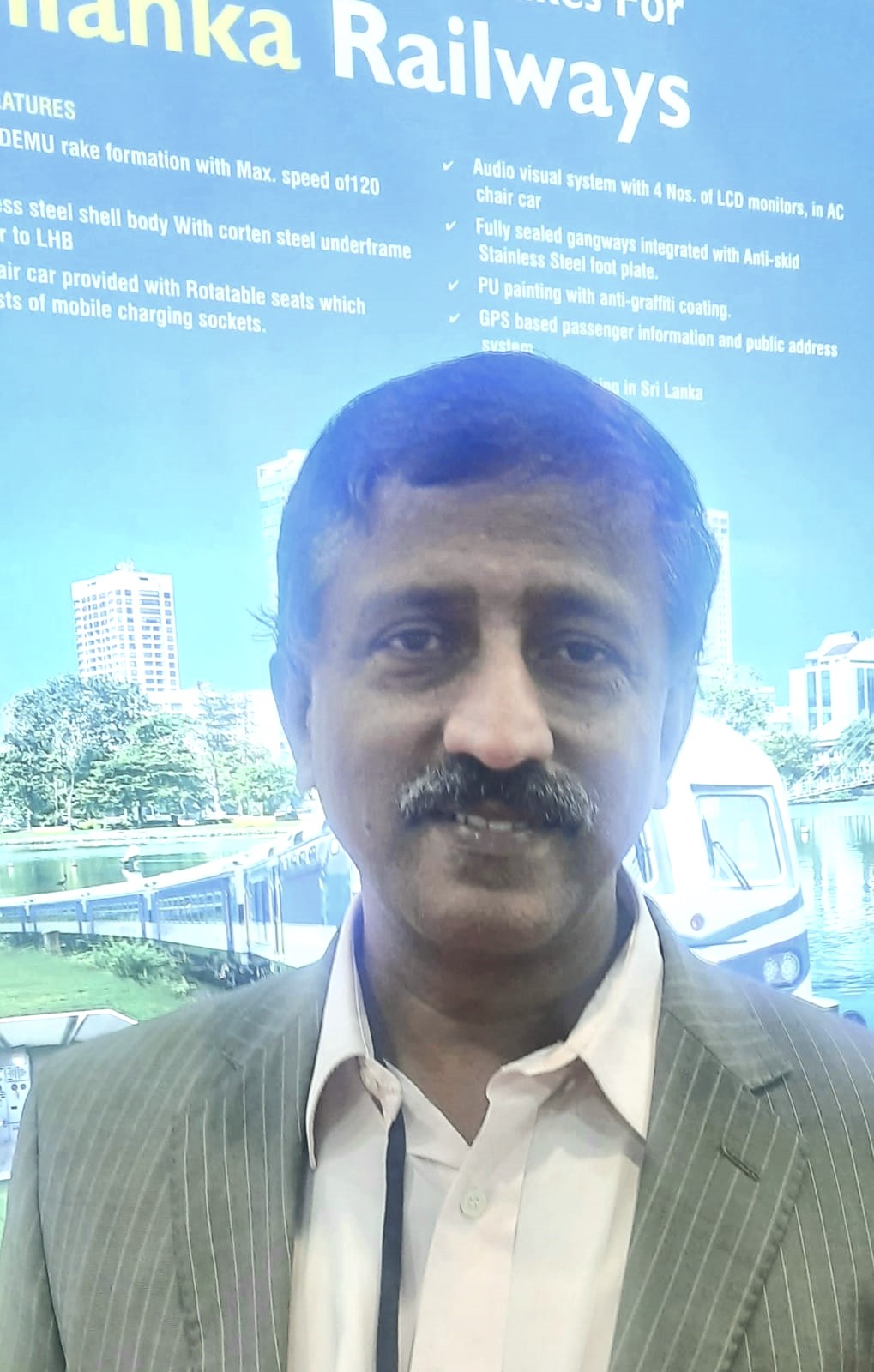Research and Development (R&D) is the cornerstone of India’s future, and there are countless reasons why. At its essence, R&D fuels innovation, driving advancements across technology, healthcare, and sustainable practices—elements crucial for economic growth and enhancing the quality of life. In an era that races forward at lightning speed, investing in R&D equips India to remain competitive and agile, fostering homegrown solutions tailored to the nation’s unique challenges.
A strong R&D framework nurtures collaboration among academia, industry, and government, creating an ecosystem that cultivates talent and ignites entrepreneurship. This synergy can lead to transformative discoveries that not only enhance national capabilities but also position India as a powerful global leader in science and technology.
Furthermore, R&D is vital in addressing pressing social issues, from climate change to public health crises. By prioritizing R&D, India can forge a path toward sustainable development, ensuring that progress is inclusive and equitable for all citizens. In short, R&D is indispensable for India’s long-term prosperity and resilience.
In an exclusive conversation with The Interview World, Shishir Priyadarshi, President of Global Relations at Adani Group, shares valuable insights on the corporatization of R&D. He stresses the necessity of translational research and discusses why India must strengthen market-oriented R&D. Priyadarshi outlines the essential steps to establish R&D as a key driver of a Viksit Bharat. Here are the key takeaways from his conversation.
Q: How is the funding of research organizations by corporate companies evolving in the Indian ecosystem, and what are the potential future trends in this area?
A: Corporate funding for research is assured, provided that the R&D aligns with potential commercialization. However, when it comes to purely theoretical research—valuable for an academic thesis but devoid of practical application or market viability—companies are likely to hesitate. Industry focuses on R&D that can transform into technology or products with real commercial potential.
Q: How has translational research evolved over the past few years, and what key factors have driven its growth?
A: As we move into the next century of development, the trend is escalating rapidly. While cutting-edge technology is vital, relying on external sources can be prohibitively expensive. Consequently, many industries, including the Adani Group, are making substantial investments in their own research across key areas like solar cells, green hydrogen, and EV batteries. A significant influx of funding is fueling these initiatives, driving innovation and decreasing reliance on external providers.
Q: What strategies and initiatives are necessary for India to strengthen market-oriented R&D?
A: To drive innovation effectively, we must balance market demand (the “pull”) with technological advancement (the “push”). Here are three pivotal points to consider.
First and foremost, market fit is essential. R&D must align with actual market needs, and validating this alignment early is crucial. Research cannot thrive in isolation; it must respond to real-world demands. This is a global challenge, not just one confined to India. Too often, researchers develop cutting-edge technology without assessing its relevance to market needs. Therefore, prioritizing market fit is imperative in steering research efforts.
Second, engaging stakeholders early is non-negotiable. Their involvement should never be an afterthought. Stakeholders—ranging from potential customers to industry experts—must also play an integral role from the beginning to shape research initiatives. This proactive engagement ensures that outcomes align with market expectations. Medtronic, a frontrunner in medical technology, exemplifies this strategy. While they conduct in-house research, they actively involve customers to guarantee that their products are market-driven and people-focused. Moreover, this model underscores the critical importance of early stakeholder engagement for success.
Finally, strategic partnerships are vital. Collaborations between industry and R&D institutions create a vital link between innovation and commercialization. The U.S. model, where industry invests heavily in R&D entities, showcases the advantages of such partnerships. These collaborations provide not only essential resources but also invaluable market insights. For instance, the 25-year collaboration between Genentech and the University of California, San Francisco, has been key in ensuring that R&D outputs are tailored to Genentech’s needs, prompting ongoing investment and support in this partnership.
In summary, ensuring market fit, prioritizing early stakeholder engagement, and fostering strategic partnerships are crucial for aligning research with commercial success.
Q: What steps can be taken to embed R&D into India’s national culture to support the goal of achieving Viksit Bharat by 2047?
A: Successful R&D hinges on three essential ingredients, drawn from my extensive academic and industry experience.
Firstly, we need a unified national objective for R&D that spans thousands of centers across the country. This objective must also align seamlessly with India’s vision of “Viksit Bharat” and our developmental goals for 2047. To realize this vision, technology generated from research must be effectively harnessed. It should enhance the nation’s global standing and, crucially, deliver a robust return on investment, much like the model in the United States.
The U.S. invests nearly $600 billion annually in R&D, with around 93-94% of this funding coming from industry rather than the government. For industry leaders, it’s essential to approach research funding as an investment—as if it were their own capital. Furthermore, they would only support research that promises financial returns. Consequently, any commercialization of research must have practical, marketable applications.
Secondly, R&D outcomes must align with market needs. Groundbreaking research is invaluable, but if it fails to resonate with market conditions or the environment in which it will be commercialized, it won’t attract the necessary investment for further development. Ensuring that research is appropriate to the target market or industry context is also vital for sustaining investment in R&D.
Thirdly, we must eliminate redundancy in research efforts. Duplicating existing work merely to create a name wastes valuable resources. In my recent collaboration with the Adani Group to establish an independent think tank focused on climate change and energy transition, I found that India already hosts 40 to 50 well-funded think tanks addressing these issues. Instead of fostering collaboration, many organizations are focused on carving out their niche. To maximize impact, we must also prioritize collaboration over competition among groups pursuing similar objectives.
In summary, a clear national objective, alignment with market needs, and the avoidance of redundant efforts are crucial to driving meaningful research and ensuring its successful commercialization.









